This restaurant has been on this site since 27th Oct 2015, relocating his previous restaurant dating back to 2004, and opening under the new name of 'Nihonbashi Kikokucho Sugita'. Chef and owner Takaaki Sugita trained for twelve years in Nihonbashi Kikokucho Miyako, a sushi shop originally founded in 1908 that went independent in 2004. Mr Sugita was born in Chiba Prefecture and is unusual amongst the top sushi chefs in Tokyo (his restaurant currently rated number 1 in all of Japan in Tabelog) for not having trained under a particularly prestigious sushi master. The chef prepares traditional edomae sushi and chooses fish everyday from the huge Tokyo fish market. The restaurant has a discreet entrance in a quiet side street in the Nihonbashi-Kakigaracho district, which is a few kilometres due east of the Imperial Palace. It has just nine seats at the counter plus a little private room to the side. Incidentally, don’t confuse this restaurant with an excellent tonkatsu restaurant in Tokyo of the same name.
The meal began with a sequence of appetisers. After some warm edamame beans there was a dish of abalone slices with flounder sashimi. The abalone had been steamed for five hours and was extremely tender, the flounder cut ultra thinly. A fish introduced as bonito but may have been skipjack tuna sashimi that had been marinated in soy followed this, and was exceptional, with silky texture. Then there was a signature dish, sardine wrapped up with ginger and chives in a roll along with shiso and green onion. This was also terrific, the oiliness of the sardine nicely balanced by the other elements. Chawanmushi, the Japanese savoury custard, here came with anago or seawater eel. This was also lovely, the wobbly custard warm and full of umami flavour, the eel excellent. Monkfish liver was unusually good, served with salmon roe that had been marinated in miso. Finally there was cooked cutlassfish, a slender predatory fish with mild flavour and white meat, that came garnished with a tiny lime. This was precisely cooked and had good flavour. This was an impressive sequence of appetisers, the “bonito” in particular being really memorable.
The sushi sequence followed next. The chef seasons his sushi rice with a blend of amber vinegar made from rice and sake lees and also red vinegar made from sake lees. The resulting “shari” was an excellent base for the series of “neta” toppings. First was kohada, or gizzard shad, and the sushi that the chef is best known for. This was superb, having lovely flavour. It was followed by tender baby squid, and then by a fish called isaki, or grunt fish. The only tiny relative flaw in the meal for me was the baby snapper cured with kelp that followed, which was good but not exceptional. We then moved on to chutoro and otoro tuna, the semi fatty and fatty tuna respectively, which were excellent. Ironically otoro used to be discarded or fed to cats by fishermen in Japan but has now become the most prized part of the tuna. Only since the 1920s has the fatty part of the tuna been widely eaten. Indeed, going further back in time, in centuries gone by back in the Edo period, all tuna was shunned by rich Japanese society since an old name for tuna is “shibi” and was, according to an article in the Japan Times, represented in kanji by a character that could be read as “day of death”, so was regarded as unlucky. How times have changed, with top quality tuna now selling for increasingly astronomical prices at auction. Back in the land of sushi, the next fish in the sushi sequence was horse mackerel, which is a favourite of mine, and very good this one was too. Then came black perch, which was also excellent, and then prawn sushi, which was pleasant rather than being really exceptional. The sushi sequence finished with akami or lean tuna, and then anago, or seawater eel, which was cooked with a sweet soy sauce, and was lovely. Tomago, an egg omelette, is the traditional dish to finish a sushi meal, here being a very good rendition with smooth texture.
The bill, with a little beer to drink, came to ¥33,000 (£245) each. The chef is very personable and although he does not speak English, one of his young assistants spoke very good English and translated for us where necessary. Some sushi chefs can appear rather severe or overly serious but Mr Sugita was lovely, and the overall experience here was very welcoming. This was undoubtedly top of the range sushi, and a thoroughly enjoyable meal.








































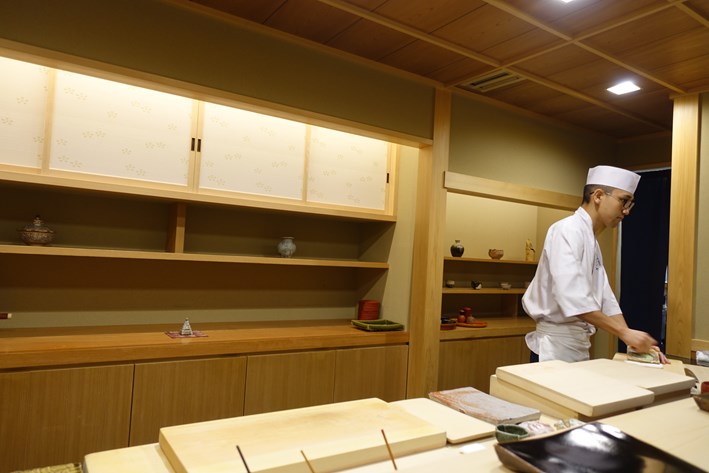
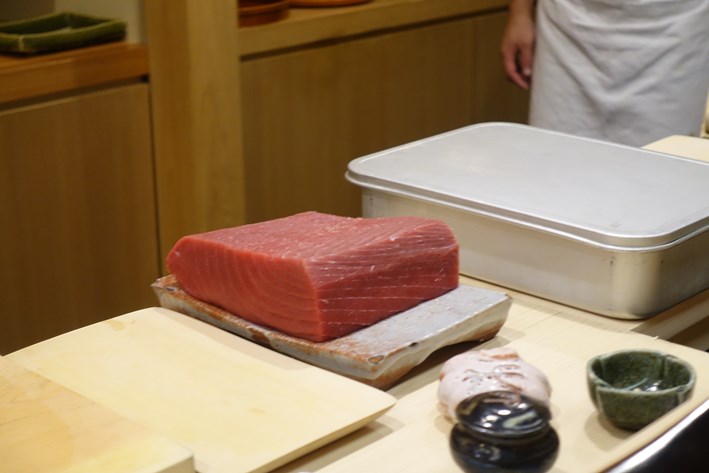
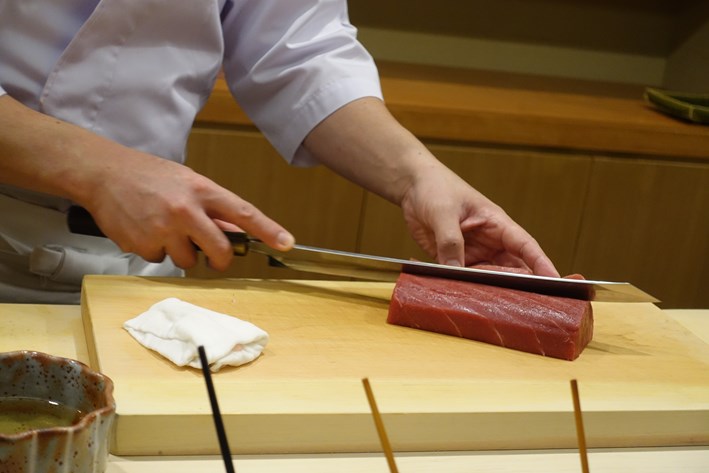
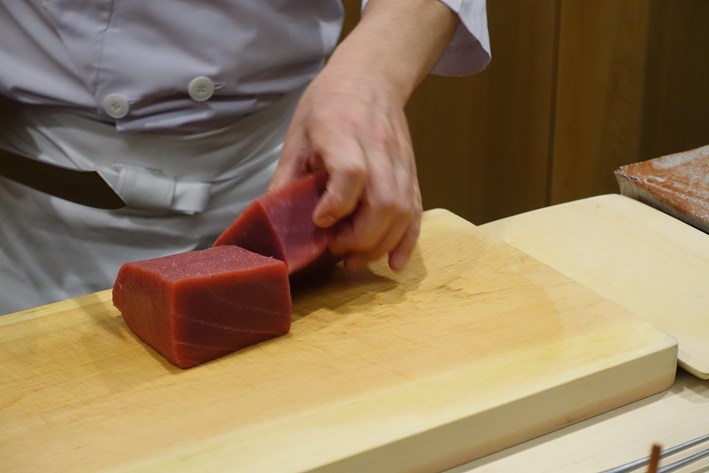
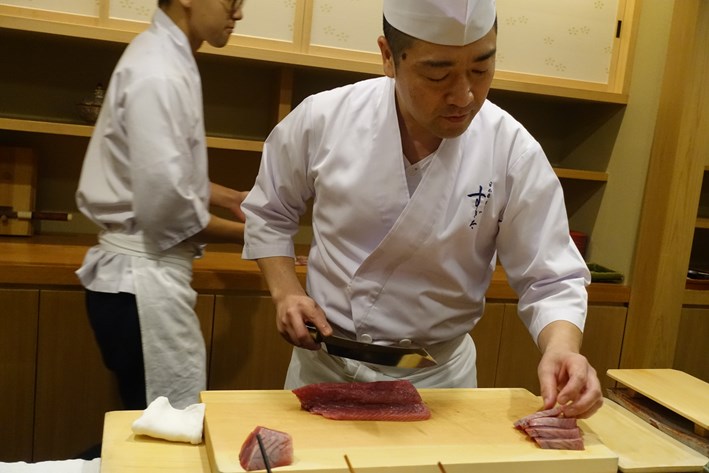
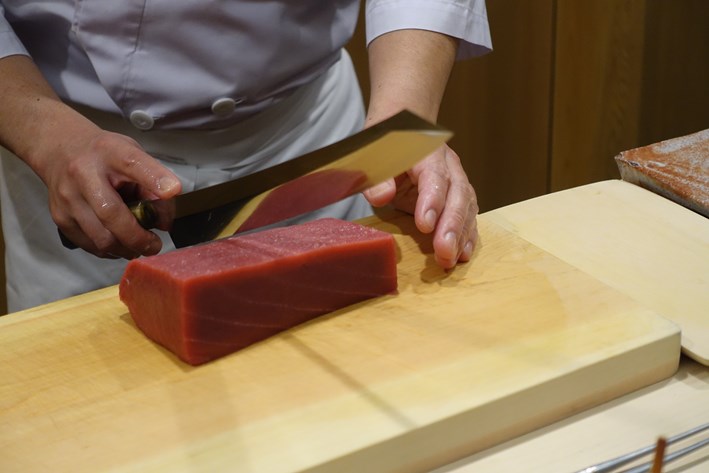

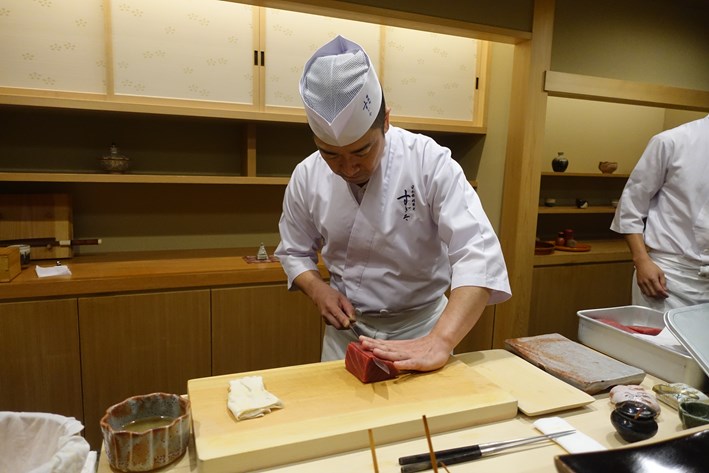

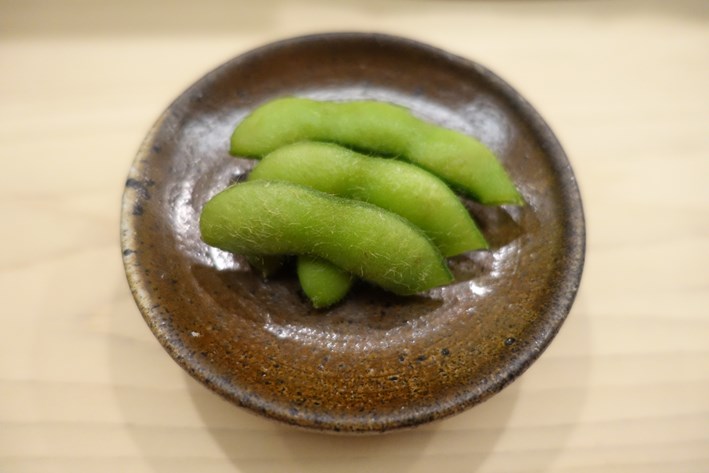
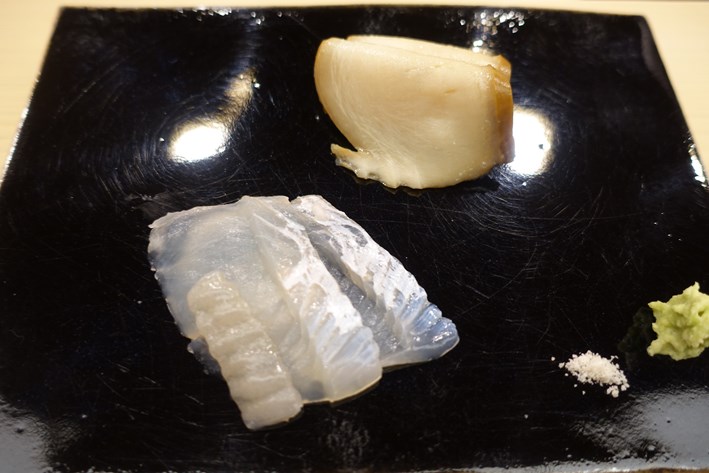
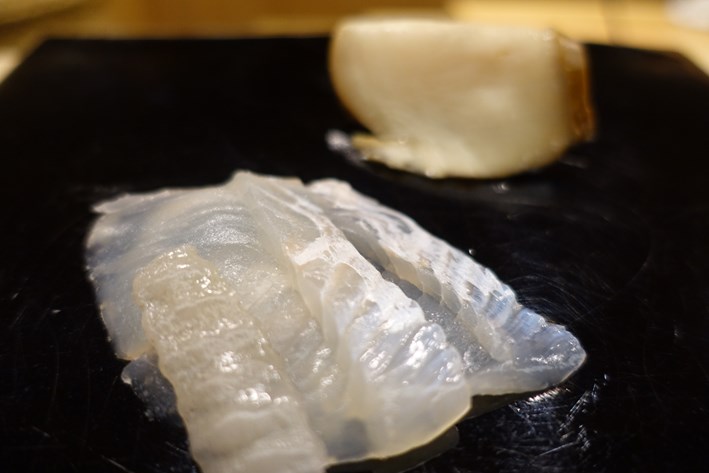
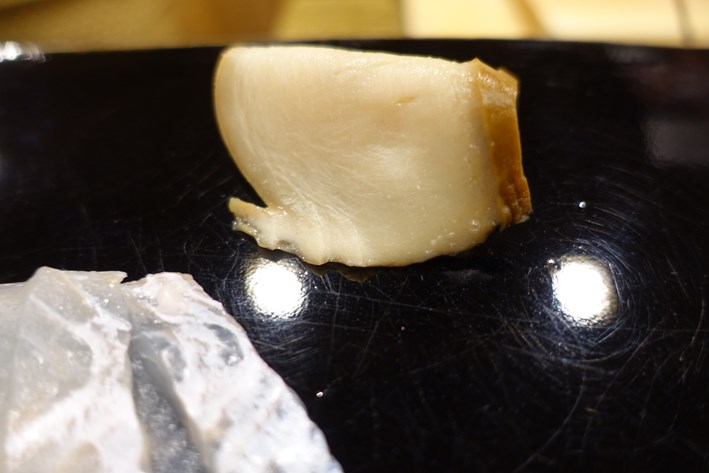
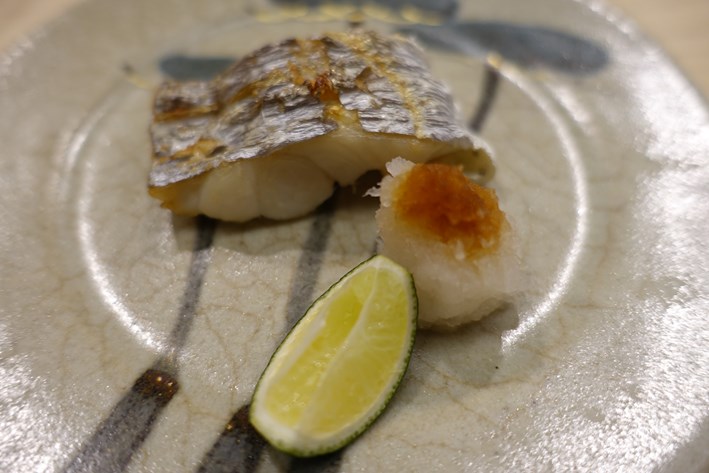
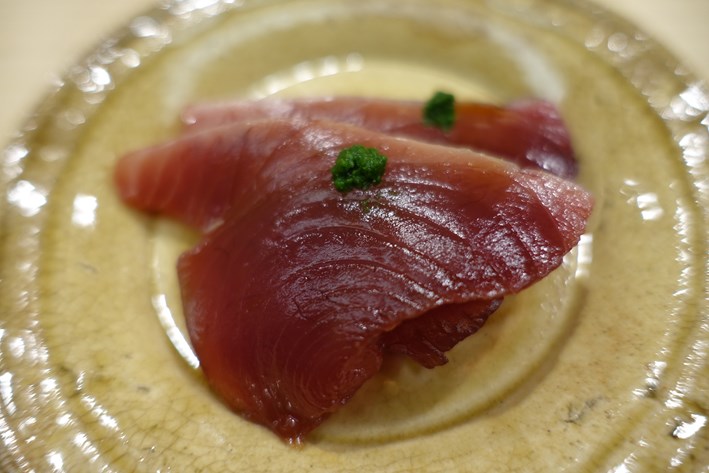
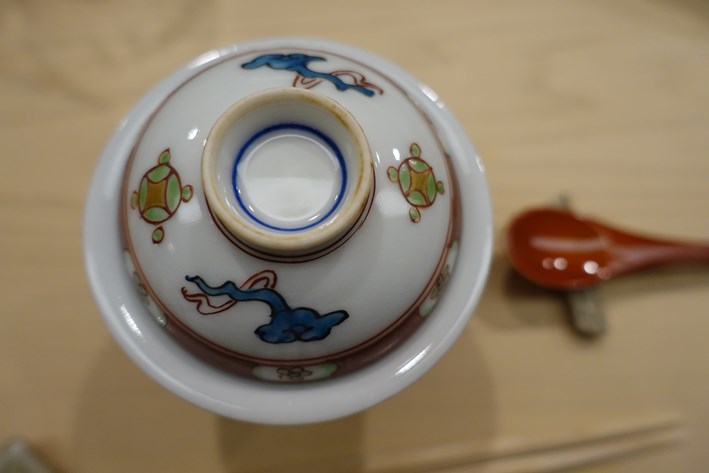
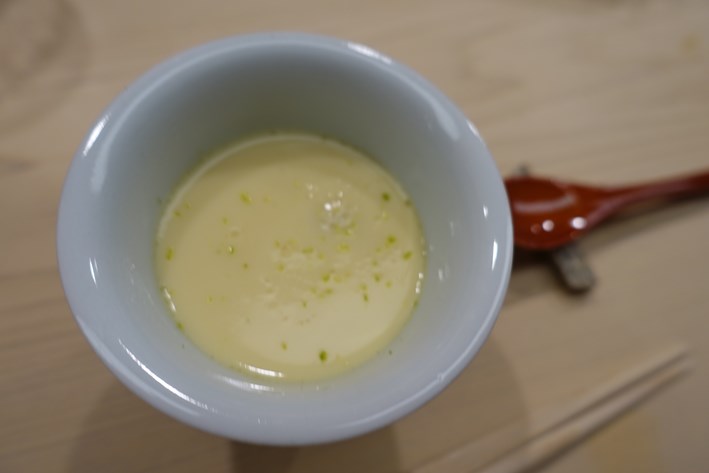
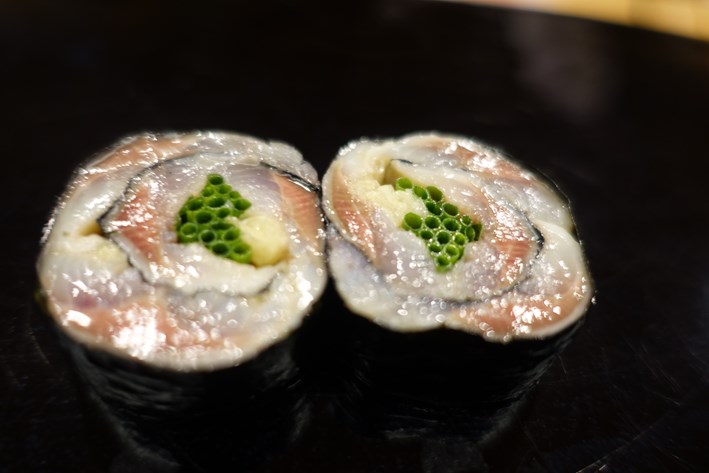
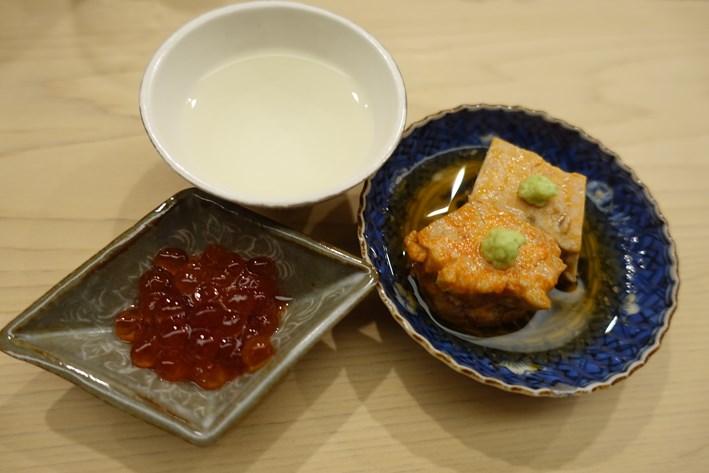

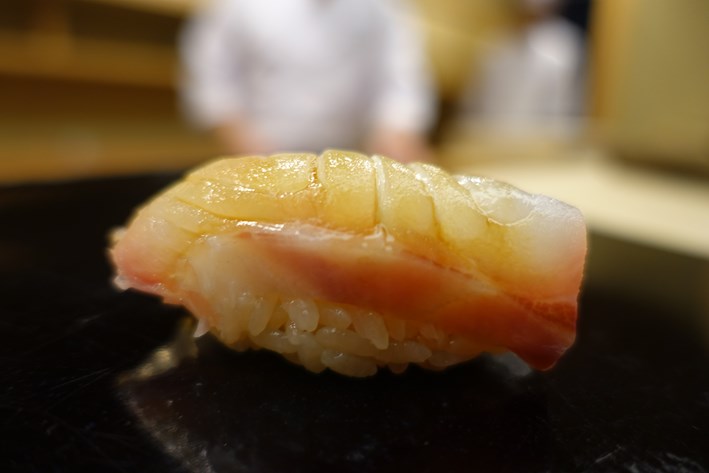
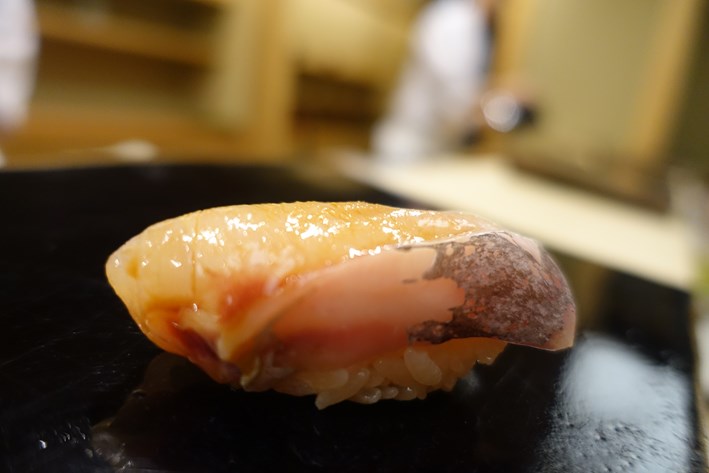

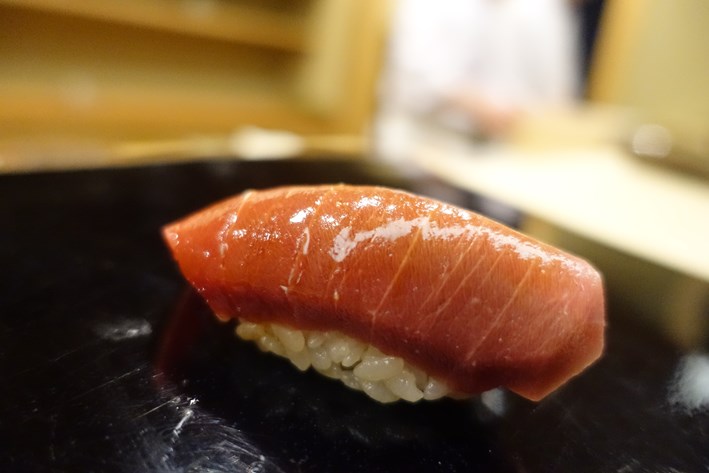
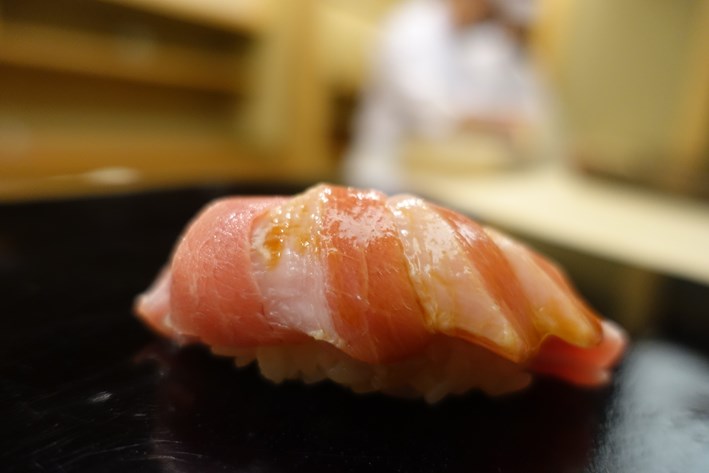
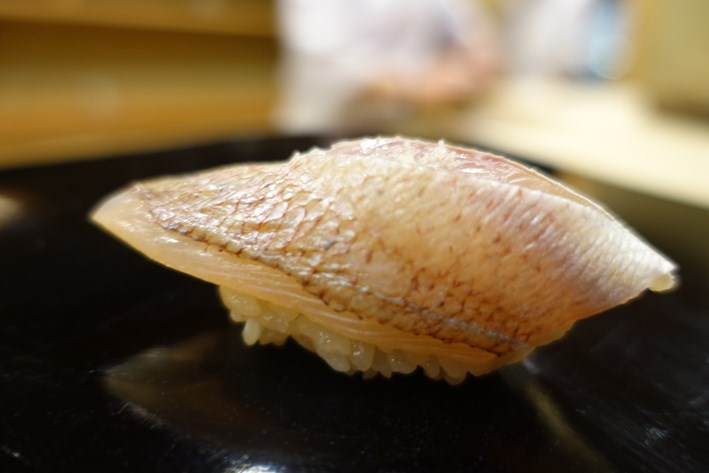


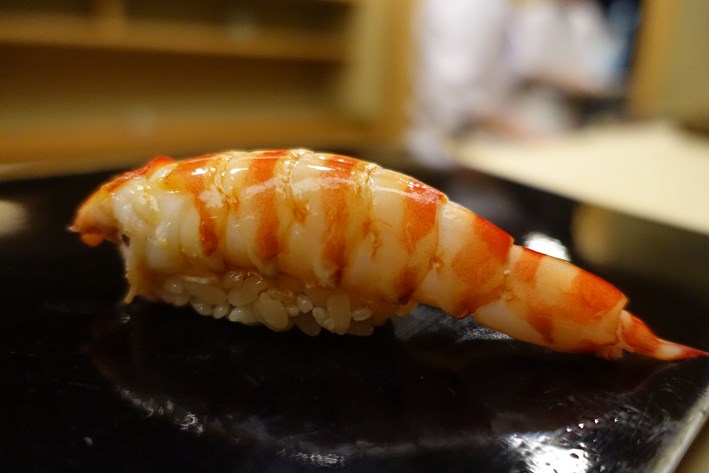
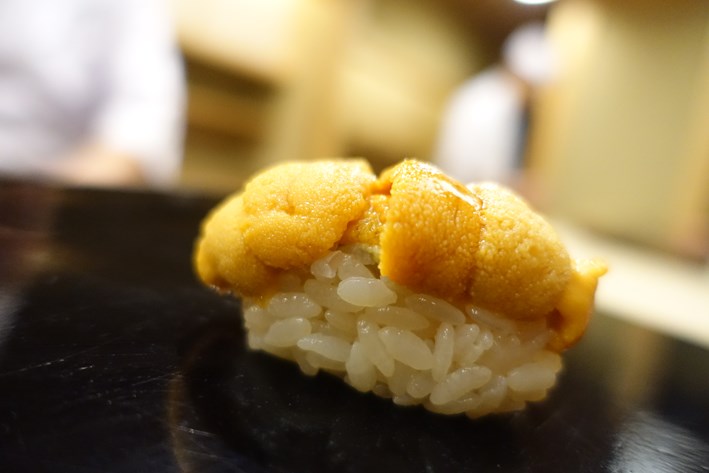
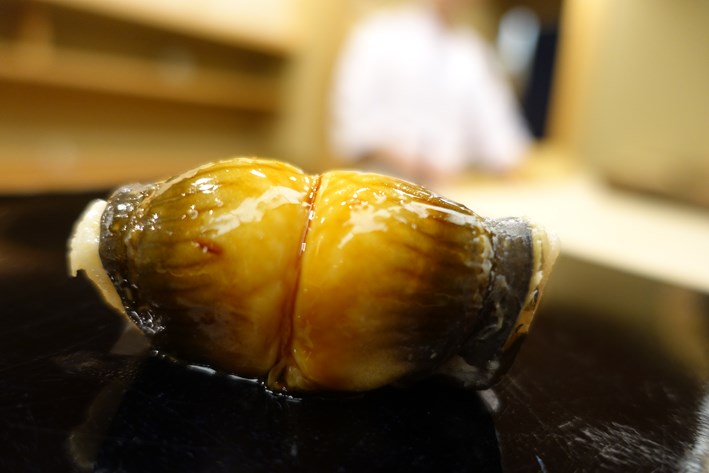

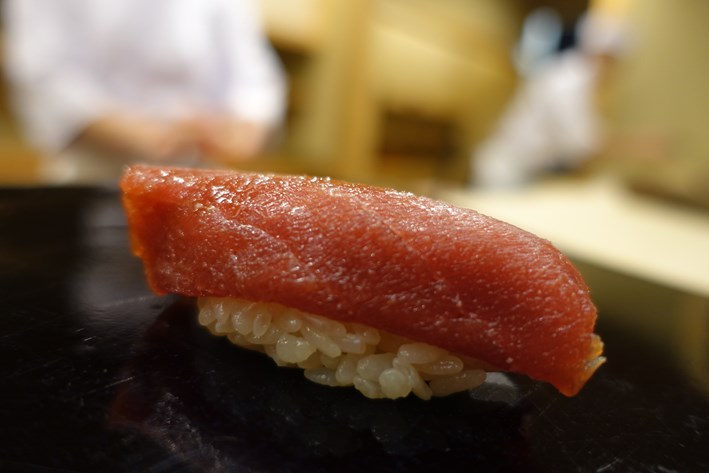
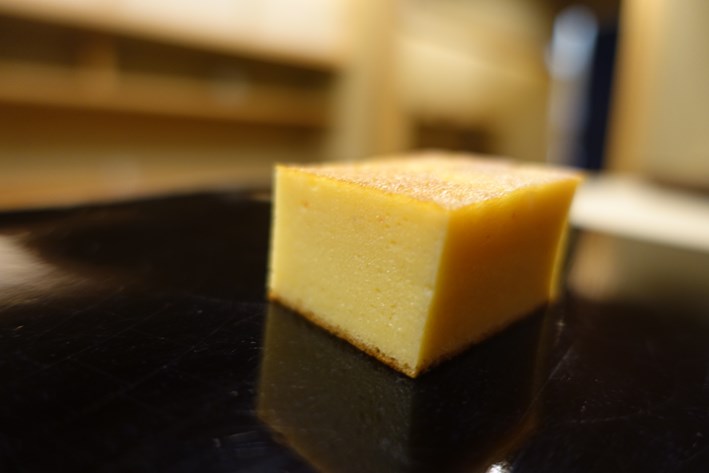


Add a comment
Thank you for submitting your comment, this will be checked and added to the website very soon.
User comments